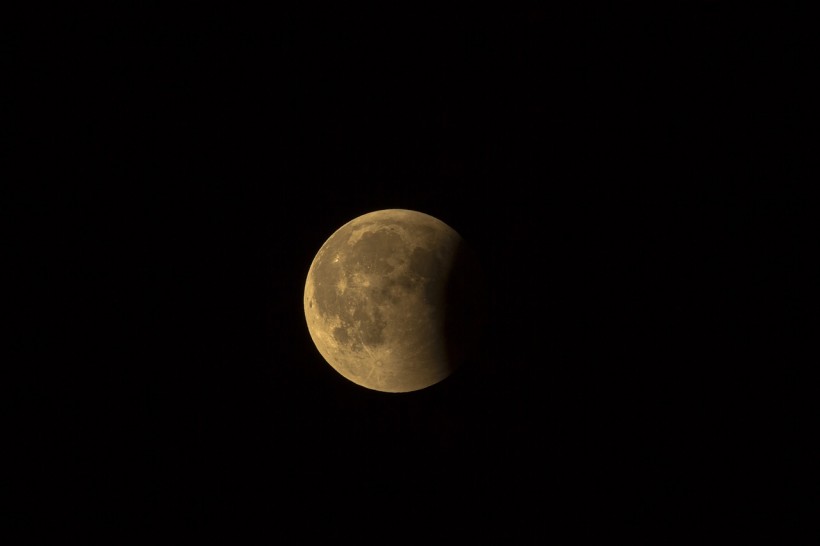In 1972, the Apollo 17 mission collected miniscule lunar crystals and brought them to Earth where they were analyzed. Now, a re-analysis of these crystals revealed a much older age of the Moon. While earlier estimations placed the Moon at 4.425 billion years old, this new investigation determined its age to be 4.46 billion years, marking it as 40 million years older than previously assumed.
The study, conducted by researchers from the Field Museum and the University of Glasgow andfacilitated by Northwestern University's atom-probe tomography facility, precisely determined the age of the oldest crystal within the sample. Unveiling the ages of these distinct zircon crystals concealed within Moon dust help construct a comprehensive timeline of the Moon's formation.

Moon's Age Pushed Back 40 Million Years Beyond Previous Estimates Through Zircon Crystal Analysis from Apollo 17 Mission
Re-Analysis of Zircon Crystals Confirmed Moon's Age
A study published in 2021 reported scientists initially examining zircon crystals from the Moon. These are minute rocks formed under high temperature and pressure, commonly used on Earth for dating impact craters. More so, these lunar grains originated during the Moon's formation following a colossal collision between the Earth and a planet named Thea.
Their analysis relied on measuring uranium and lead isotope decay rates in the crystals' outer layers, suggesting an age of up to 4.46 billion years. However, the 2021 study acknowledged significant dating uncertainty, leaving the oldest confirmed lunar zircon crystals dating back to a 2009 Apollo 17 sample, estimating the Moon's age at approximately 4.42 billion years.
The latest study, titled "4.46 GA Zircons Anchor Chronology of Lunar Magma Ocean" recently published in Geochemical Perspectives Letters, reassessed the crystals from the 2021 study, with a particular focus on the clustering of lead atoms within the crystals.
This reaffirmed their age at around 4.46 billion years. These crystals, as the oldest known solids formed after the giant impact, serve as a crucial reference point in lunar chronology, says Philipp Heck, a planetary scientist at the University of Chicago and director of research at the Field Museum.
READ ALSO: Hunter's Moon: How to Catch a Glimpse of This Celestial Delight in the Sky This Week?
How Zircon Crystals Formed on the Moon
According to the most recent findings, zircon crystals formed approximately 80 million years after the Earth's formation. However, it's possible that the moon's creation occurred even earlier.
Following the collision between Earth and Thea, the Moon's early surface would likely have been covered by a molten magma ocean due to the tremendous energy of the impact. Consequently, as researchers explained in a news release, the lunar zircon crystals could only have solidified into their current state after this lunar magma ocean had cooled.
Because the crystals had to form after the magma ocean cooled, determining their age provides a lower limit for the Moon's age. To establish the upper limit, researchers turned to Northwestern's atom-probe tomography instruments.
This technique involves sharpening a piece of lunar sample into a fine tip and using UV lasers to evaporate surface atoms. By measuring the movement of these atoms, their weight and composition could be determined.
After analyzing the materials in the sample and performing radiometric dating, the researchers determined that the oldest crystals are around 4.46 billion years old, indicating that the Moon is at least that old.
Understanding the Moon's formation is significant because it plays a vital role in stabilizing Earth's rotational axis, influencing a day and creating tides, all of which affect life on Earth. This study contributes a valuable piece to our understanding of the natural systems at play in our planetary system.
RELATED ARTICLE: Moon Plays Crucial Role in Life on Earth, Could Potentially Determine What Makes A Planet Habitable
Check out more news and information on Moon in Science Times.














